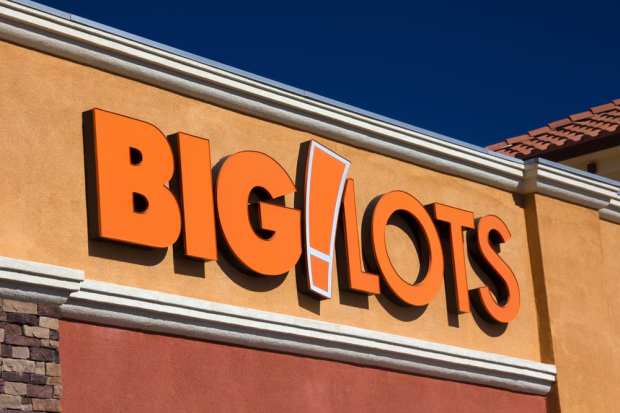Here’s Why Discount Retailers are Still Adding New Stores: They Make Shopping Fun

Exceptional value. Surprising products. Delightful experience.
Who wouldn’t want a piece of that action?
Turns out, it’s not only what a lot of shoppers want, but also the three core reasons why Columbus-based discount retailer Big Lots says it’s on a mission to expand its unique, “emotionally connected” brand to a base of shoppers that is 75% women.
In announcing its updated outlook and long-term growth plan to analysts and investors this week, the 50-year old chain bucked the industry’s dominant shift-to-digital trend. Instead, the retailer said it will reverse a decade of stagnant store count growth with new plans to add 500 additional locations and boost sales.
But it begs the question: How can Big Lots — as well as rival discounters and dollar stores — continually defy the downsizing and retail reorientation shift that has seen so many others move away from physical stores?
“Easy,” says PYMNTS’ Karen Webster. “Because people want to shop for fun and entertainment,” she added, while pointing to the joy derived from finding and getting a great deal on something you really don’t need and then telling your friends about it.
Turns out, that “magic moment” never gets old.
In fact, in Big Lots’ own words, a large part of the appeal that discounters enjoy is based on the fact that “value never goes out of style.”
Beyond the Big Three
As it stands, Dollar General, Dollar Tree and Family Dollar alone accounted for roughly half of all new store openings in the U.S. last year, as they tinkered with new formats and store layouts, delivery and the addition of more product categories, especially food and produce, to keep consumers buying — and happy.
Not only does this play into the well-worn world of impulse buying, but because of their growing footprint, especially in rural communities, there’s a major convenience factor too that plays into their success and growth.
In short, driving to a discount store in your own town, finding a parking spot a few yards from the entrance, then being able to quickly get in and out of a store that is one-tenth the size of a warehouse retailer is an entirely different proposition.
“We see a clear and long runway for growth ahead of us, coupled with the opportunity to drive returns through margin expansion and judicious capital allocation,” Big Lots CEO Bruce Thorn said in a statement outlining the retailer’s growth plans.
With more than 80% of its sales derived from furniture (30%), food and consumables (26%), and hard and soft home goods (26%), with the balance being taken up with seasonal and apparel, Big Lots has many products points to the catch the eye of its unique and loyal customers.
According to the company’s demographic data, the typical Big Lots buyer is a 40-plus-year-old female who lives for home and family, loves to host, entertain, shop in-store and online and —importantly — also “enjoys hunting for treasures and bargains.”
And there it is, the secret sauce that’s fueling growth in this quirky little discounted corner of retailing, enjoyment.
Turns out, the experience matters a lot.
